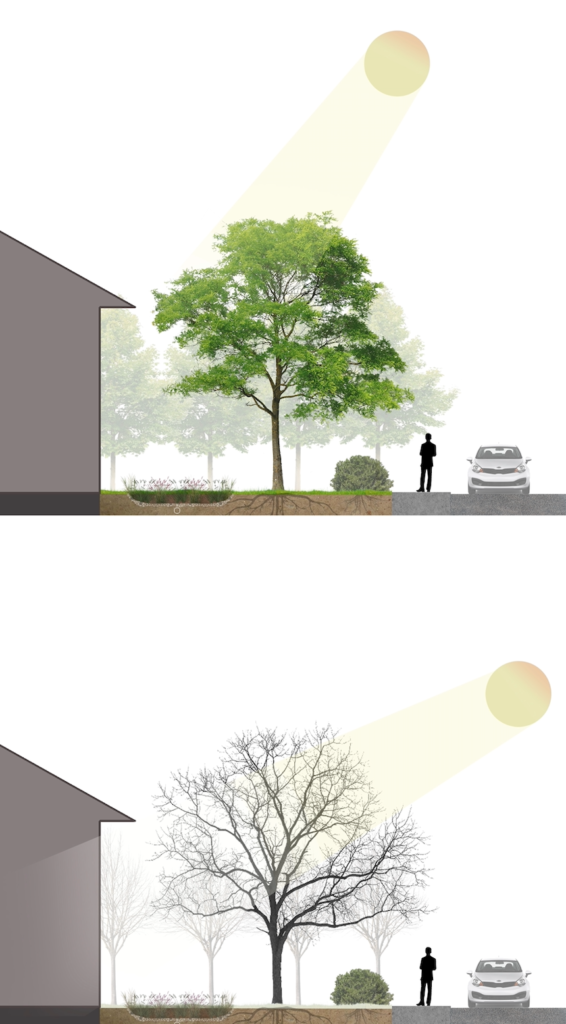Let’s Talk
When creating a landscape design, we have one common goal… To design, build, and grow inviting, natural landscapes that have a positive impact on their surrounding ecosystem. Click to schedule a time to talk with us about creating your own.




